Japan is famous for being basically the "Kingdom of Cute." Of course there's cuteness all over the world, but in Japan it permeates the culture in a way you don't see anywhere else. In the US, a cute mascot for the police or a sewage treatment plant would be unheard-of – as would a cute poster about how to respond to a tsunami. In Japan, all of these are routine.
Japan's special take on cute is unique enough that we even borrow the word "kawaii" in English to talk about it. But although there is some cultural variation in the details, cute is very much a universal concept, and you might be surprised at the fundamental role it plays in human psychology.
What is Cute, Exactly?

What makes something cute? Think about how characters and toys based on animals look compared to their real-life counterparts. Compare the bear above to this teddy bear:
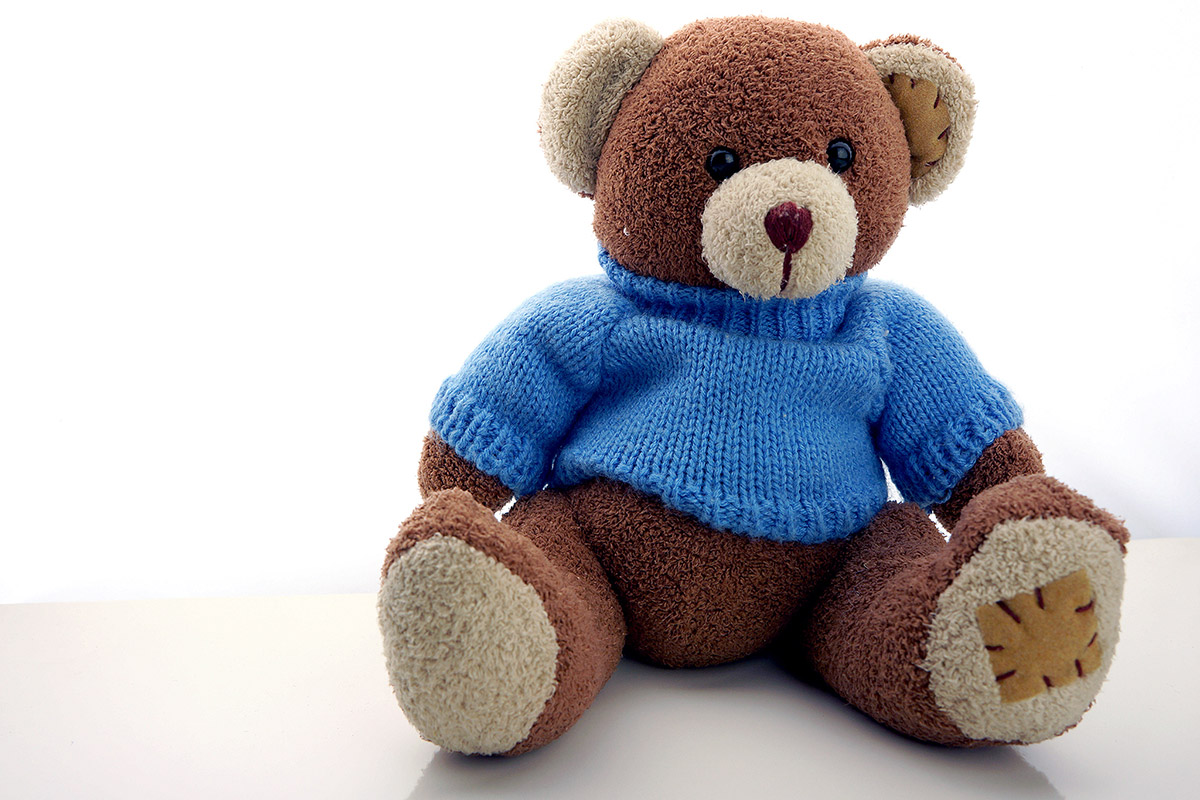
Or take our friend the ubiquitous tanuki statue and his wild cousin:
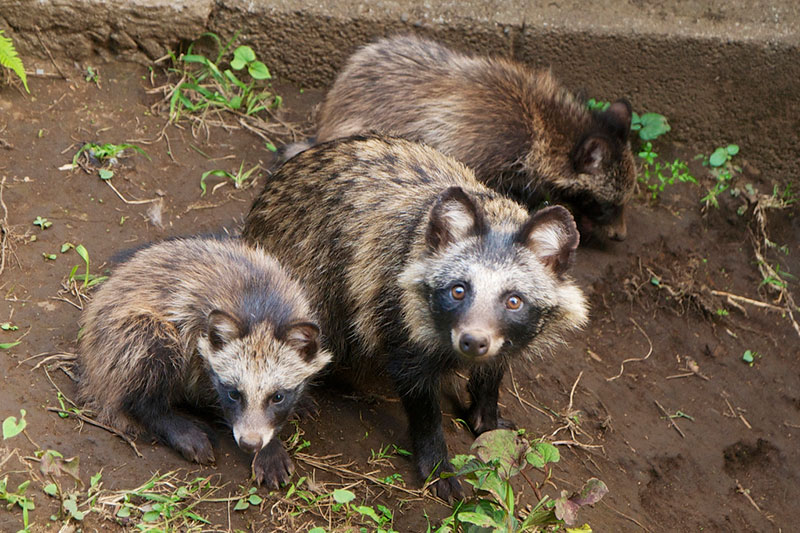
…versus…
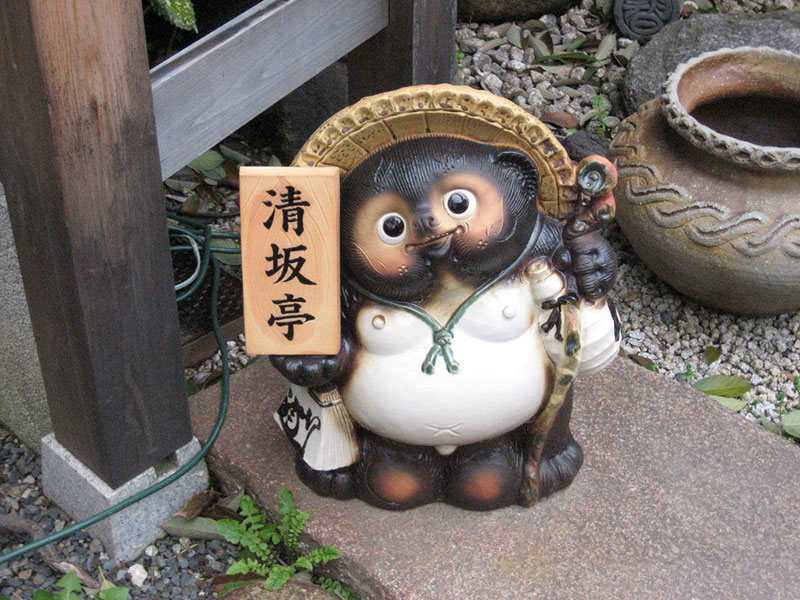
What are the differences? The snouts are shorter (in some teddy bears it's gone, or close to it). The head and eyes are big and round. The legs are stubby and rounder and generally, everything is softer and more rounded than in real life.
But why are these the particular features that turn a dangerous animal that could bite your head off, like a bear, into something that makes us go "awwwwwww"? Scientists have actually thought about this subject, starting with the zoologist and ethologist Konrad Lorenz in the 1940s.
Lorenz proposed that the features that make up "cute" are all characteristic of human infants. We coo and squeal at the sight of heads that are large for their bodies, little button noses, and chubby, soft bodies. It also doesn't hurt if the critter has a floppy, clumsy gait like a human toddler.
Basically, the more a cartoon character or animal is like a human baby, the cuter it is. One interesting thing that shows this is the importance of round forward-facing eyes like humans have. An animal with eyes on the front of its face, like a panda, looks cuter to us than one with eyes on the sides of its head, like a horse. (If you don't believe it, check out the next photo, which shows that if you want to turn a horse into something absolutely horrifyingly cute, you move its eyes to the front of its face.)
Why The Short Face?
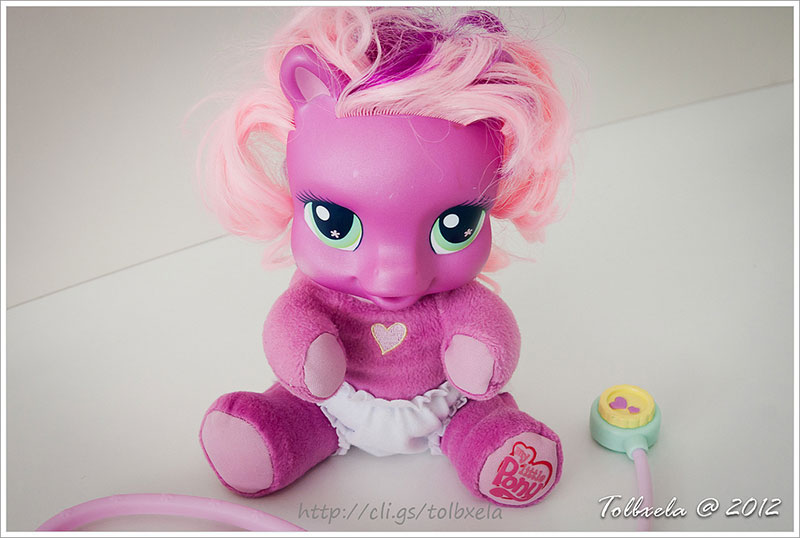
Lorenz theorized that there's an evolutionary reason that these characteristics make you want to grab something and cuddle it. Human babies need a lot of care. If you're a giraffe, your baby can stand up and run within moments of birth. If you're a frog, you dump a whole bunch of eggs somewhere and get on with your life, figuring at least one of your hundreds of offspring will manage to survive on its own. But if you're a human, your baby needs constant attention for months.
So the reason we go "awwww" in response to babies has an obvious evolutionary explanation: the people who reacted that way to round, soft creatures with big heads had babies that survived better. Those babies grew up to have more babies, and passed on the genes for wanting to cuddle things that look that way. On the other hand, the people who didn't react that way to cute features would be more likely to leave their babies lying around in dangerous places, forget to feed them, etc. So resistance to cuteness would tend to eliminate itself from the gene pool.
This response is now so ingrained in our brains that we react the same way even when it has no evolutionary advantage to our species. We're just as smitten by pandas as by human infants, despite the fact that they have no benefit to the survival of the human race whatsover. And we even create stuff that has those features, like Hello Kitty, sewage-treatment-plant mascots, and teddy bears. So if you're one of those people who thinks all that cute stuff is stupid? Blame it on the babies.
This Is Your Brain On Cute
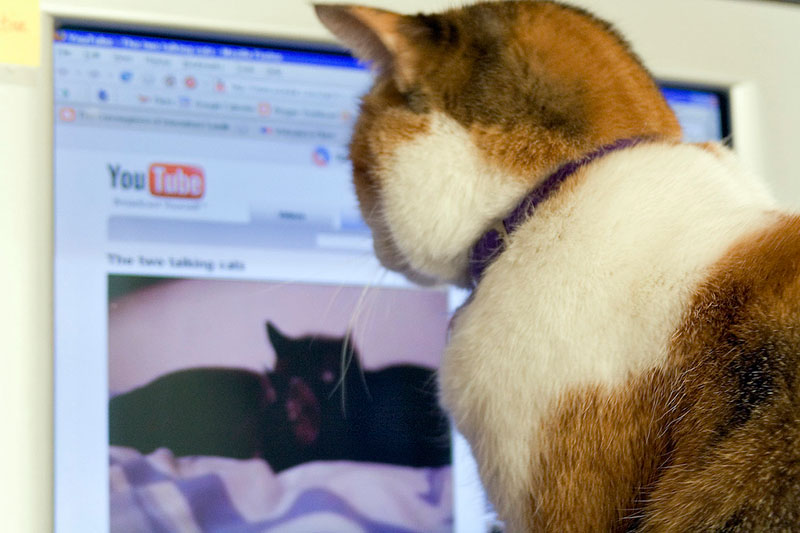
Psychologists have actually experimentally tested Lorenz's theory that those specific features of "cute" result in a care-giving impulse. One study, for example, manipulated photos of real babies to make their heads more or less round, etc, and found that photos with more of those characteristics were rated as cuter, and made subjects feel more strongly that they wanted to care for them.
But research has also shown that cuteness has other effects – both positive and negative.
There's one recent study out of Japan that's probably going to be good news for everyone reading this. You're on the Internet, so the odds are high that you spend some of your time at work looking at photos and videos of cats – or, if you're not a cat fan, of whatever other cute animal floats your boat.
No doubt you try to hide this apparently time-wasting behavior, but instead, maybe you should send your boss a link to this article titled The Power of Kawaii: Viewing Cute Images Promotes a Careful Behavior and Narrows Attentional Focus. The research reported shows that looking at pictures of cute animals might actually help you to do your work better.
Two different kinds of tasks were used in the experiment. One was a game called Bilibili Dr. Game which is like the American game Operation. If you've never played, it's a game where you have to remove very tiny body parts from very small openings on a "patient", using very tiny tweezers.
The subjects played the game, and then they were shown photos: Either of dogs and cats, or of cute puppies and kittens. Then they played the game again, and the people who saw puppies and kittens got better scores the second time around. They also took longer to play the game, so the researchers concluded that seeing cute animals made them do their work more deliberately and carefully.
If your job doesn't involve the same kind of fine motor control as the game of Operation, you may think this study won't convince your boss to count looking at cute cats as work. Never fear! The experimenters also used another task, which involved looking for certain numbers in a large matrix.
Subjects also did better on this task after looking at photos of puppies and kittens, so the researchers concluded that cute animals made people more attentive. And there's no job that doesn't benefit from careful attention, right? So surf away for the those cute kitties.
Cute: The Dark Side
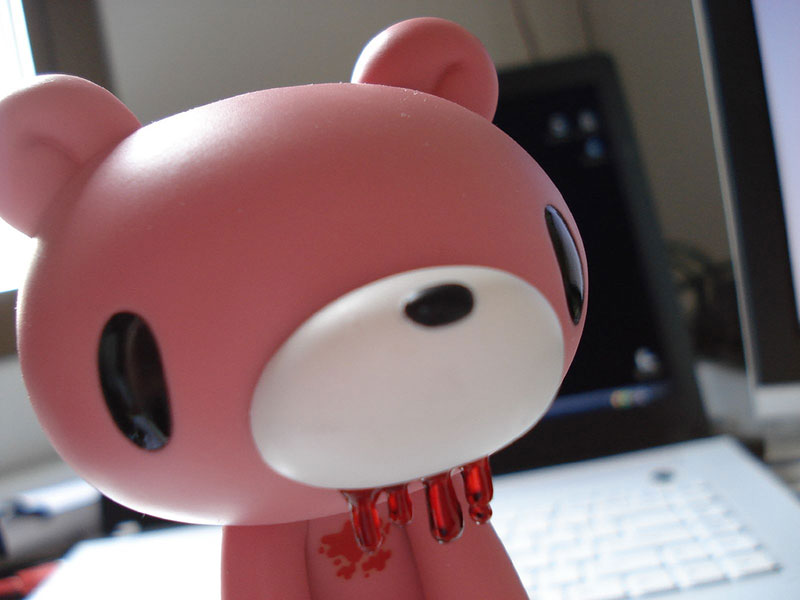
Other research has shown that the effect of cuteness isn't always so benign. If you've ever told a baby that it was so cute you wanted to eat it up, you've experienced the effect studied in another recent study: cute animals actually make people feel more aggressive.
Subjects were shown a slideshow including cute baby animals, animals in silly situations, and "neutral" adult animals. One group was asked to rate how much the photos made them want to squeeze something or give an aggressive "want to eat it up" sort of response. The cute pictures made them feel that way more often. Then, another group actually put their money where their mouth was: they were popping bubble wrap while watching the slideshow. They popped an average of 120 bubbles when looking at the cute photos, compared to 100 for neutral ones and 80 for the silly ones.
Cute Clouds The Mind
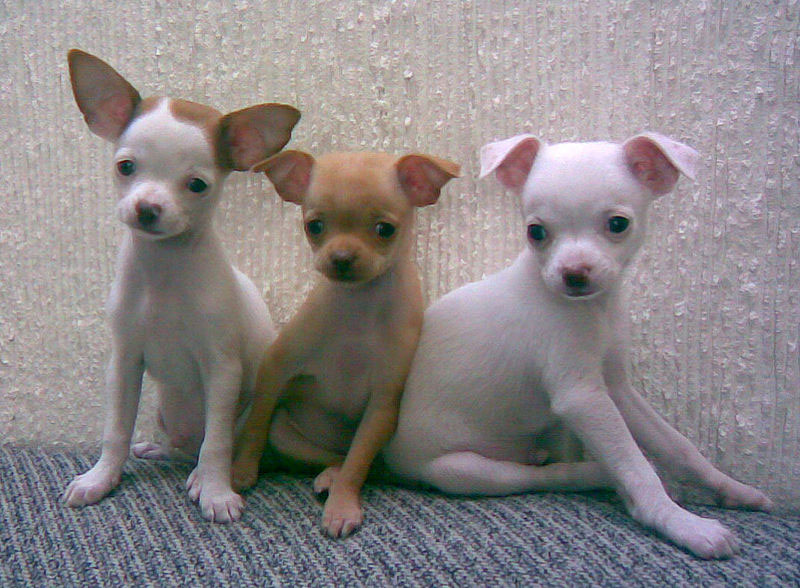
Maybe being more aggressive at popping bubble wrap seems like no big risk, but there are lots of real-life situations where our uncontrollable response to cuteness affects our judgement about important matters.
For example, you probably wouldn't hesitate to walk right up to a cute little Chihuahua and pet it, while you might cross the street to avoid a big dog. Turns out you've got it exactly backwards. There are fashions in what breeds are considered dangerous, but from German shepherds in the 1960s through Rottweilers and Dobermans to pit bulls nowadays, the breeds considered dangerous are always large ones. But the truth is, as this study showed, the dogs that are most aggressive towards humans are cute little guys: Dachshunds, Chihuahuas and Jack Russell Terriers.
Even professionals who work with animals are not immune to the bad influence of cuteness. A paper in the journal Conservation Biology showed that cute animals are much more likely to be studied by scientists and to get funding for their conservation. Apparently even scientists aren't attracted to animals because they're important to their ecosystems or more endangered: it's more important that they be fuzzy, with 500 times more published studies on large furry mammals than on slimy little amphibians.
Cute animals also cloud our judgment about our fellow humans. An experiment in France found that women were three times more likely to give a guy their phone number if he was walking a cute dog, and another showed that a panhandler more than doubled his income when he had a dog.
So if you always considered "cute" to practically equal "harmless," maybe you better think again. I have to wonder, how many other ways is cute messing with our minds that science hasn't found out about yet? How is this affecting the psychology Japan, the "Kingdom of Cute"? Will they all just one day snap and eat each other up?
You know, that Hello Kitty…. I always thought there was something a little sinister about her. Now I know why.
